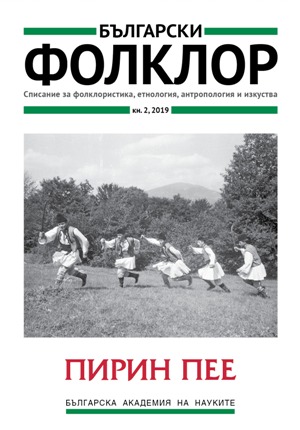
We kindly inform you that, as long as the subject affiliation of our 300.000+ articles is in progress, you might get unsufficient or no results on your third level or second level search. In this case, please broaden your search criteria.

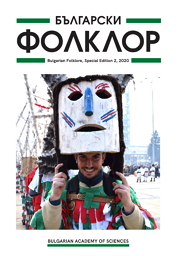
The article describes the National Festival of Folklore in Koprivshtitsa in through the eyes of a particular local community, that of the village of Bistritsa, Sofia region. The study is based on fieldwork conducted in January 2015 at the local community centre. The main method of investigation is the semi-structured interview, which offers local people the opportunity to select the most significant moments in their narratives and to express their own understanding and interpretations of folklore heritage. The authors pay particular attention to the processes of transformation of local tradition into cultural heritage, which became especially visible after the 1930s and the 1940s. The text outlines the processes and means by which the local community presents its culture and understands the necessity of its contemporary safeguarding as a living practice. The influence of local and national cultural institutions is duly marked, including the influence of the local community centre and the National Festival of Folklore in Koprivshtitsa. Special attention is also given to these institutions’ contributions towards the conceptualization of different elements of the respondents’ local culture and the ways in which local culture becomes a resource for the construction of different networks of identities: cultural, local and national. The text also highlights the basic accents and interpretations in the narratives of the respondents who discuss the National Festival; the Festival’s importance as a place for the representation of their traditional village cultural elements; its role in their preservation; the character of the Festival stage and changes to it through the years; as well as the personal experiences of the community members during the Festival.
More...
The dumb blonde figure is very popular in the repertoire of international jokes and is characterized by two main qualities: stupidity and promiscuity. These features are also shared by jokes which have circulated in Bulgaria since the 1990s. Researchers view dumb blonde jokes as a consequence of the increasing presence of women in professional and public life in positions which were traditionally considered ‘male’ spheres. The jokes are a reaction to radical transformations in social values and also a specific response to problematized male identities. Over the course of time, the image of the blonde has undergone certain changes as the sexual innuendo has faded and stupidity has become the main object of ridicule. In this way, the blonde has become a version of the classical personage of the fool whose role has always been substantial in the processes of self-identification, whether they be national, social, ethnic, local, or regional in character. In this respect, the blonde represented in such jokes has the potential to become a universal archetype, since her image combines two major identity markers: gender, and more generally, cultural affiliation.
More...![Tsvetelina Dimitrova. Popular History between the Oral and the Written. Sofia: Prof. Marin Drinov Publishing House of BAS, 2013. 218 p.[Цветелина Димитрова. „Народната история“ между устност и писменост. София: Издателство на БАН „Проф. Марин Дринов]](/api/image/getissuecoverimage?id=picture_2020_64862.jpg)

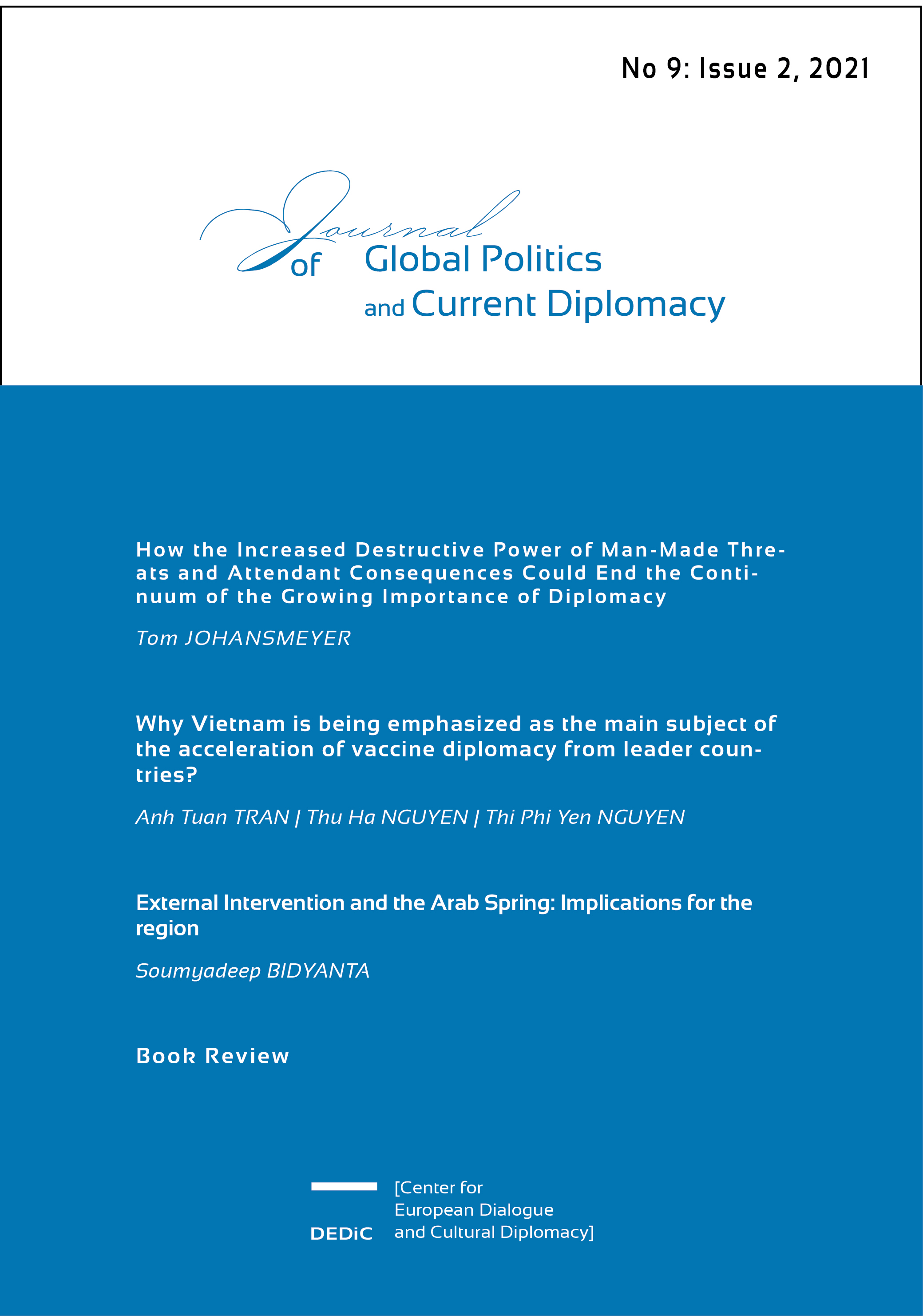
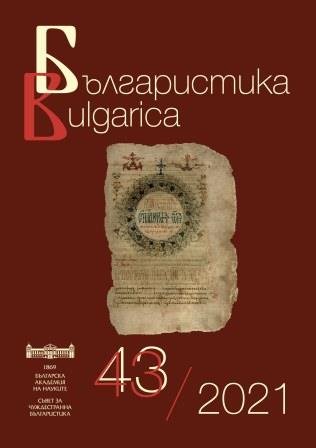
Content of the main Bulgarian scientific journals for the current year in linguistics, literature, history, folklore, ethnography, archaeology, and art studies
More...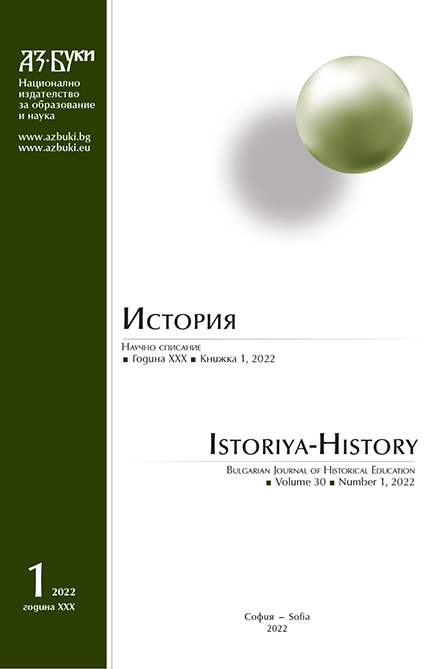
The article presents archival materials and other historical sources which keep primary information about the death and funeral of the famous Bulgarian rebel leader Hadzhi Dimitar Asenov (1840 – 1868) who originates from the town of Sliven. The widely accepted thesis that Hadzhi Dimitar was deadly shot during the Buzludzha battle (18th July 1868) and was buried at the place of the battle has been proven once again by bringing new motives and logical arguments. The funeral of the famous revolutionary on the Buzludzha peak (named in 1942 Hadzhi Dimitar peak) has been confirmed with memorial and archaeological pieces of evidence. Both re-burials of the fallen heroes (1898 and 1961) provide additional data in that direction. Despite scientific argumentation of the said thesis, the article also interprets some uncertain and contradictory evidence about the eventual death of Hadzhi Dimitar on the Kadrafil peak, located in the Sredna gora mountain – 50 km away from Bualudzha peak in the Stara planina mountain. Neither factual nor logical arguments of this legend withstand scientific criticism. Nevertheless, they are persistently popularized by local patriots, originating mainly from the village Svezhen (formerly called Ajar – until 1934). Furthermore, supporters of the so called Adjar's legend are trying to give national status of their unscientific claims about the death and burial of the famous revolutionary leader Hadzhi Dimitar Asenov. Their unjustified actions are conceptualized in the scientific context of the cultural memory theory. The dispute between the scientific version and the Adjar's legend is explained by the different approaches of historical science and cultural memory toward a single fact from the past – the last moments of a national hero's life. The professional historiography works with objective facts, scientific methods and logical arguments. Cultural memory attracts convenient hypotheses, mythological plots and unprovable local memories.
More...
The article presents unknown documentary evidence from the archival heritage of Acad. Ivan Simeonov Duichev (1907 – 1986), stored in the Center for Slavic-Byzantine Studies “Prof. Ivan Duychev” (CSVP). In terms of content, they represent a valuable historical source, containing information about his research activities and interests in archival science in the 50s of the twentieth century. The sources and archeographic aspects of the newly discovered document are considered. The contributions of Acad. Duychev in the field of theoretical archival science after the publication of his “Lectures on archival science” in 1950are presented.
More...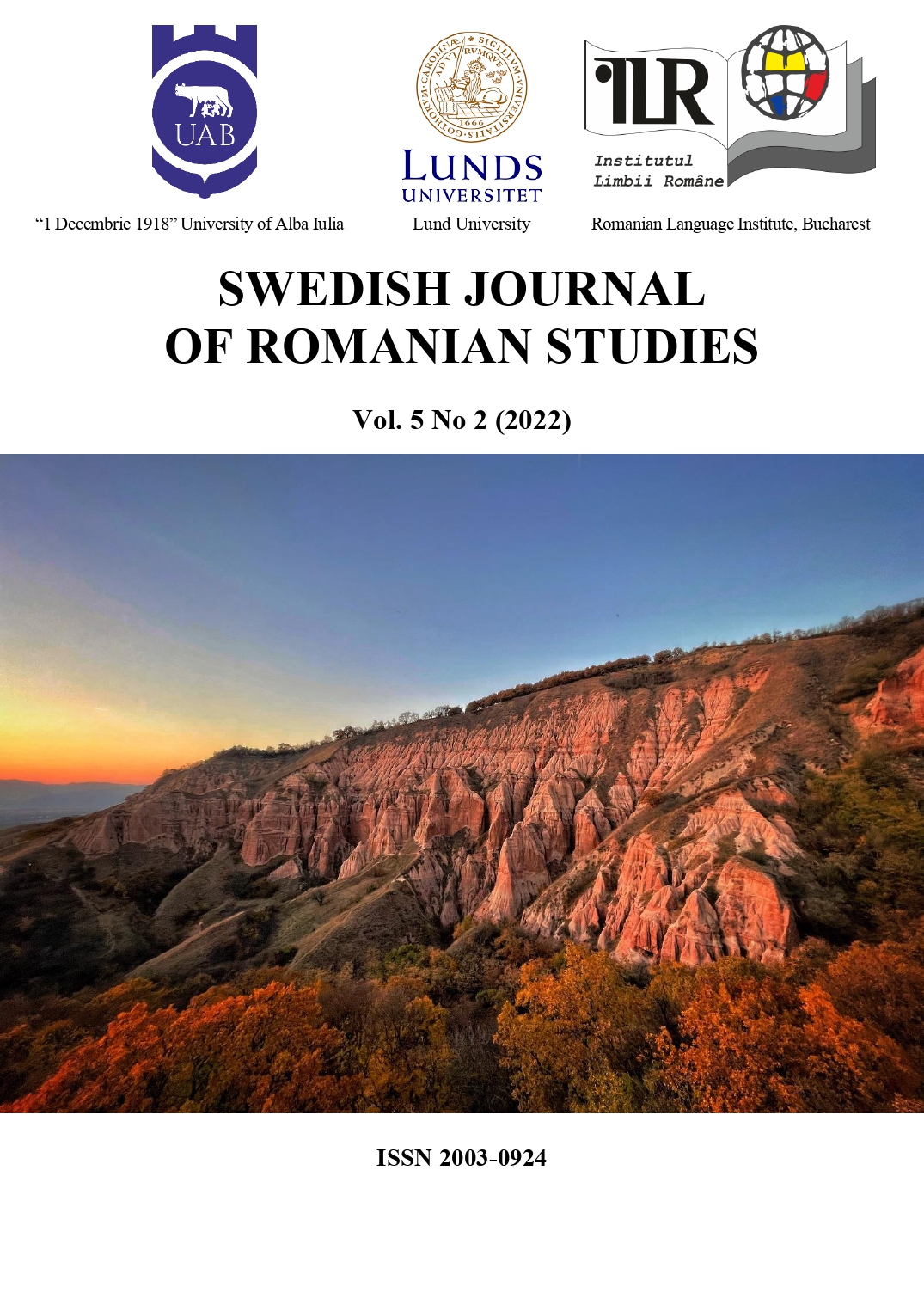
This study is aimed at identifying the most noticeable Slavic elements in the calendar rites of Bukovyna. It analyzes material collected by Romanian researchers in the second half of the 19th – early 20th century (E. Niculiță-Voronca, T. Pamfile, L. Bodnărescu, А. Fochi, A. Zașciuc), documents from the Central Scientific Archive of the Academy of Sciences of the Republic of Moldova, the New Linguistic Atlas of Romania, Moldova and Bukovyna (1987), as well as personal observations recorded by the authors of the study in Ukraine and Romania during ethnographic expeditions. In the calendar rites of the Romanians of Bukovyna, some clear Slavic elements can be identified, such as some names of calendar holidays, Ukrainian elements in such rites as koliada, the Christmas star, shchedruvannya. Ukrainian motifs of musical folklore in winter rites, as well as the use of the names of Ukrainian opryshky and haidamaky, the adaptation of the “walking with vertep”, the use of the term vidma of Ukrainian origin, the penetration of the name and main text of the Ukrainian Malanka, etc.
More...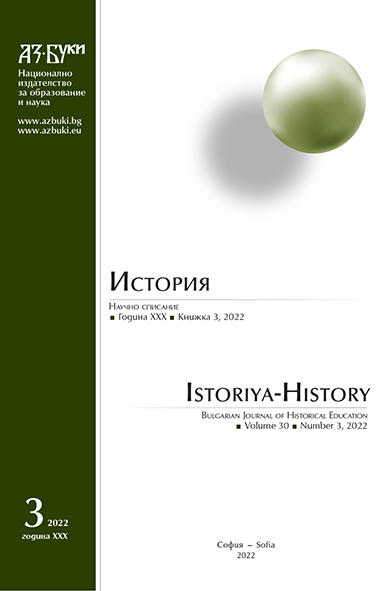
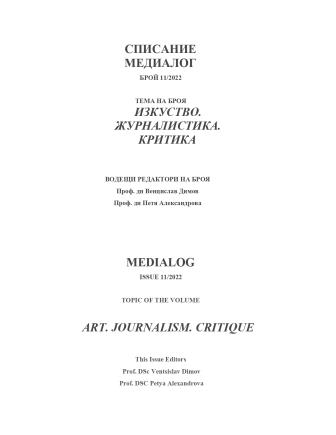
The text reviews the scientific monograph of Nurie Muratova ‚Women beyond the Archive. Invisible Histories of Women in Bulgaria‘, published by University Press ‚Neofit Rilsky‘ in Blagoevgrad. The book explores the place in the Bulgarian and world archives of two marginalized social groups – women and women with minority status. It is established that their visibility and invisibility, accessibility and secrecy, significance and underestimation depend on certain archival policies, social conditions, social stereotypes and prejudices.
More...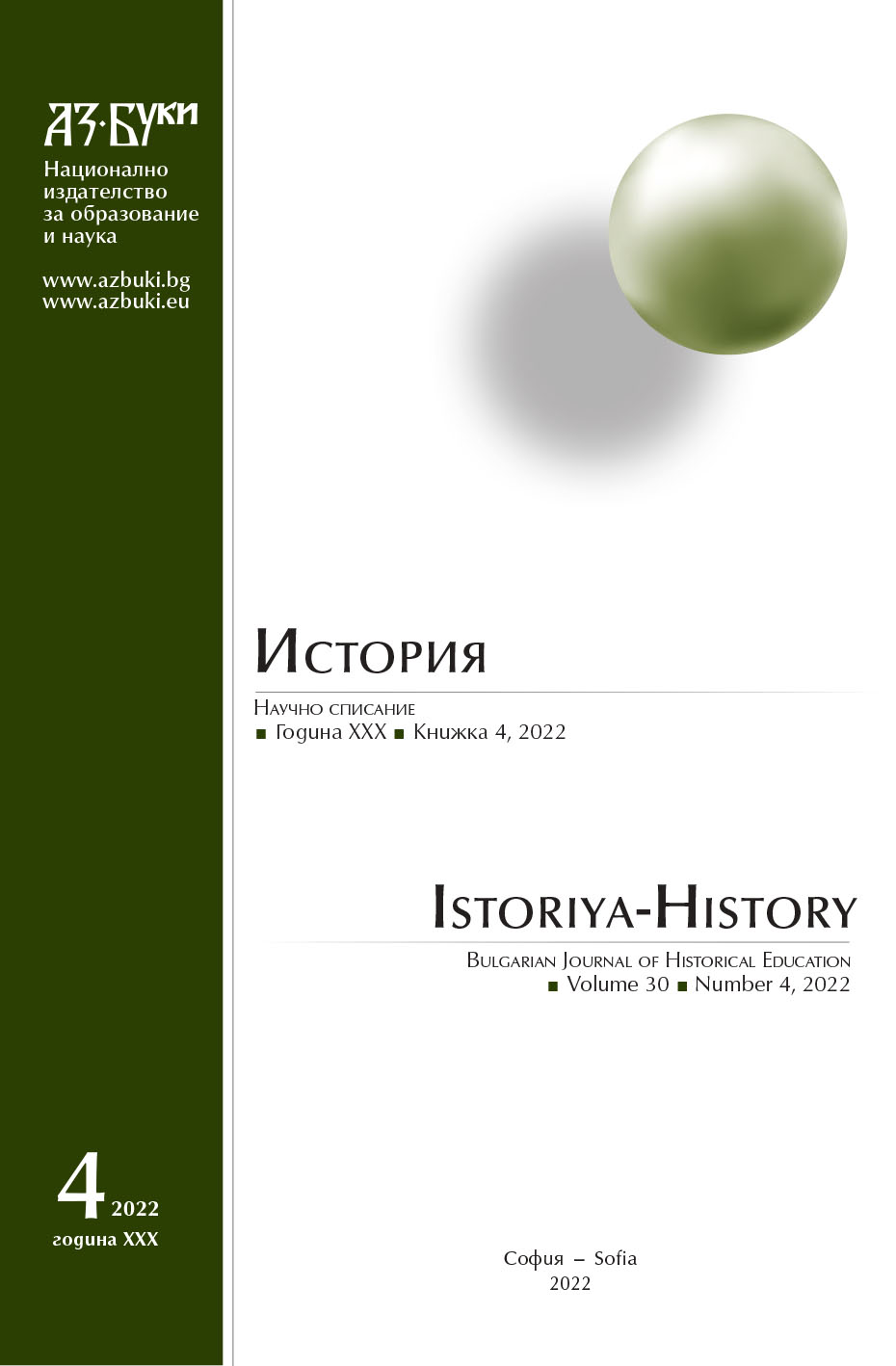
This article highlights the politics of the early Turkish governments towards various ethnic, linguistic and religious minorities living on the territory of the Republic of Turkey in the light of the principle of nationalism, which became one of the fundamental principles of the new Turkish state. Based on the achievements of modern historiography and the archive documents in the records of the Ministry of Foreign Affairs and Religions kept at the Central State Archives –Sofia, it makes a review of the typical practices aimed at assimilation of the Muslim linguistic, ethnic and denominational minorities, on one hand, and, on the other hand, at the exclusion of non-Muslims from the concept of the “Turkish nation” and the adoption of discriminatory, and even repressive practices, encouraging their emigration from the Republic of Turkey.
More...
The article examines one of the little-known and unexplored episodes of Soviet government campaigns for the re-emigration of Bulgarian citizens of Russian descent, who were deported to the Soviet Union in the autumn and winter of 1946 – 1947 and settled in the southern, south-eastern and western regions of Ukraine. The demographic statistics of the contingent of migrants, the circumstances of the transportation of ‘re-emigrants’ to Ukrainian ports, their distribution in the regions of the Ukrainian SSR, resettlement, housing and employment locally have been analyzed. The main sources of the study are the documents of the Department for Repatriation of the Council of Ministers of the Ukrainian SSR, which are stored in the funds of the Central State Archive of Supreme Bodies of Power and Government of Ukraine in Kyiv. They include records, directives, instructions, resolutions, reports, information, notices, letters and telegrams of the authorities of the USS Rand the Ukrainian SSR at various levels. These documents reveal the details of the preparation and implementation of the resettlement of hundreds of Bulgarian citizens of Russian descent to Ukraine in the autumn and winter of 1946 – 1947by the Stalinist authorities and provide statistics on the number, gender, age and occupation of ‘re-emigrants’, information on their transportation to Ukrainian ports, reception and accommodation of people in their new places of residence, the reaction of migrants to the actual living and working conditions in their new homeland. The vast majority of immigrants were associated with the Soviet Union only by the Russian descent of their ancestors, so one cannot call these people “repatriates”, as the Stalinist government did. Given the nature and consequences of this action of the Soviet totalitarian regime, we can rather talk about forced displacement on ethnic grounds.
More...
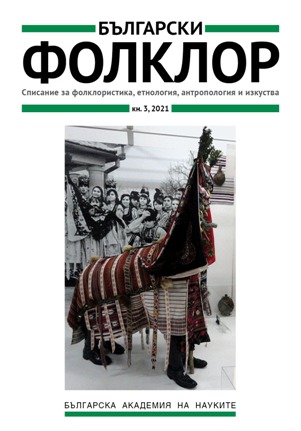
The article studies the winter masquerade custom of Turka, as the central object of investigation is its variant from the Romanian village of Cuciulata in Transylvania. In the course of more than a century, the outlook of this mask has remained almost unchanged. The author offers analyses on the altering functions of the mask as an artefact playing the roles of a ritual object and a museum exponent.
More...
This article explores the changing approaches to the preservation and socialization of cultural heritage. The analysis of the normative documents of the leading international organizations in the field of cultural heritage – from the 50s of the twentieth century to the present day – shows a slow transition to the integration of people and communities in the processes of its preservation. This transition has three main phases: from separation of people and communities from the heritage, through awareness and access to it, and finally, to inclusion in the decision-making process concerning cultural heritage protection. The article also examines where Bulgaria is in this process and how these changes in cultural policies affect the mechanisms of protection of our cultural heritage.
More...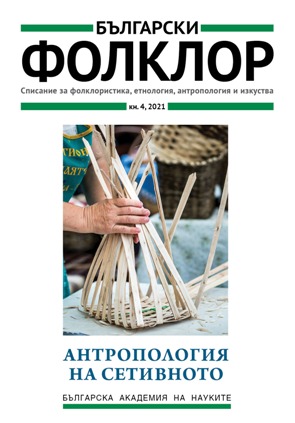
The aim of the article is to outline and analyse the relationship between fashion and cultural heritage as a source of inspiration for fashion designers. Several examples of French fashion houses are considered, and fashion as art is discussed. In the highly competitive context of modern global fashion and luxury industry, creative practices and processes can be viewed in direct connection with cultural heritage. The interaction between cultural heritage and the creative process is strategic. It works at all levels and includes all components of the production chain, integrating the creation, design, production, and communication. Fashion designers, along with their aesthetic canons, rediscover archetypes, values and imagination, but rethink them in an appropriate, concrete and creative way. The designers offer new visions and meanings, as they experience original processes and approaches. Furthermore, they introduce social, political and cultural issues into the design philosophy, apply new craft skills in the design process or even utilize music and youth culture into the heritage of brands. In this way, cultural heritage is rediscovered as a modern and contemporary design.
More...
The article discusses notions referring to the ruler and his body according to the pagan views of the Bulgarians in the epoch before Christianity was adopted in the Bulgarian lands. Drawing on written sources and material evidence, an attempt is made to interpret ideas, signs and objects which form the system of the ruler’s ideology. Typological similarities are pointed out between the ruler’s ideology of the Bulgarians and that of the peoples of the Eurasian Steppes, Central Asia, and with other peoples from the Migration period.
More...